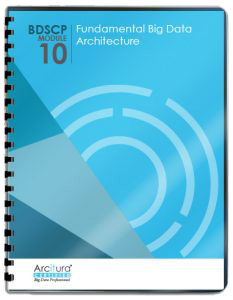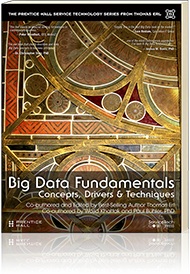Big Data Patterns, Mechanisms > Storage Patterns > High Volume Hierarchical Storage
High Volume Hierarchical Storage (Buhler, Erl, Khattak)
How can large amounts of non-relational data that conforms to a nested structure be stored in a scalable manner so that the data retains its internal structure and sub-sections of a data unit can be accessed?

Problem
Solution
Application
Mechanisms
A document NoSQL database is used to store nested data. Such a database generally uses a hierarchical format, such as JSON, as an internal data storage format. Apart from providing key based access, such a storage device is also capable of selecting sub-units of a data unit along with full create, read, update and delete (CRUD) functionality. API-based access is generally provided by the document NoSQL database for performing the CRUD operations.

A database based on NoSQL technology is used that is capable of storing data in a hierarchical format and understanding the internal structure of the data. Saving data based on a nested structure further enables relational-like storage such that the related child table records can be embedded inside the parent table record.
- An XML invoice is saved in a document NoSQL database, which retains the internal structure of the invoice
- The user only requires the purchased items to be returned from the database.
- The database successfully returns only the list of the purchased items from the invoice.
This pattern is covered in BDSCP Module 10: Fundamental Big Data Architecture.
For more information regarding the Big Data Science Certified Professional (BDSCP) curriculum,
visit www.arcitura.com/bdscp.
The official textbook for the BDSCP curriculum is:
Big Data Fundamentals: Concepts, Drivers & Techniques
by Paul Buhler, PhD, Thomas Erl, Wajid Khattak
(ISBN: 9780134291079, Paperback, 218 pages)
Please note that this textbook covers fundamental topics only and does not cover design patterns.
For more information about this book, visit www.arcitura.com/books.

